How To Screen Record Including Sound?
Screen recording, including sound, has become an essential skill for many professionals, educators, and content creators. Whether you are creating tutorials, recording gameplay, or capturing a video call, knowing how to effectively screen record with sound can significantly enhance the quality and utility of your recordings. This article will guide you through the process of screen recording with sound on various devices and platforms, ensuring you can capture both video and audio seamlessly.
Understanding the Basics of Screen Recording

Screen recording involves capturing the visual output of your computer or mobile device's screen. When you add sound to the mix, you are also capturing audio from your system, microphone, or both. This combination is crucial for creating comprehensive and engaging content.
Tools and Software for Screen Recording
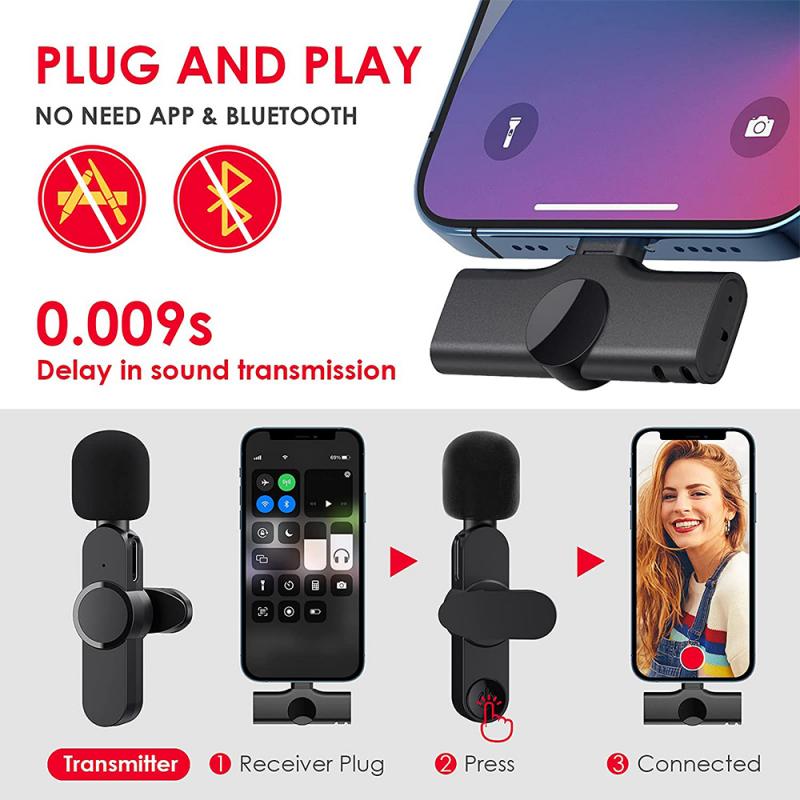
Several tools and software options are available for screen recording, each with its own set of features and capabilities. Here are some popular choices:
1. OBS Studio (Open Broadcaster Software):
- Platform: Windows, macOS, Linux
- Features: Free and open-source, supports multiple audio sources, customizable settings, and high-quality recording.
- Use Case: Ideal for gamers, streamers, and professionals who need advanced features.
2. Camtasia:
- Platform: Windows, macOS
- Features: User-friendly interface, built-in video editor, supports multiple audio tracks, and high-quality output.
- Use Case: Suitable for educators, marketers, and business professionals.
3. QuickTime Player:
- Platform: macOS
- Features: Built-in screen recording, supports microphone audio, simple and easy to use.
- Use Case: Great for Mac users who need basic screen recording capabilities.
4. Xbox Game Bar:
- Platform: Windows 10
- Features: Built-in screen recording, supports system audio and microphone, easy to access.
- Use Case: Perfect for Windows users who need quick and straightforward screen recording.
5. ScreenFlow:
- Platform: macOS
- Features: High-quality recording, built-in editor, supports multiple audio sources, and advanced features.
- Use Case: Ideal for professional video creators and educators.
Step-by-Step Guide to Screen Recording with Sound
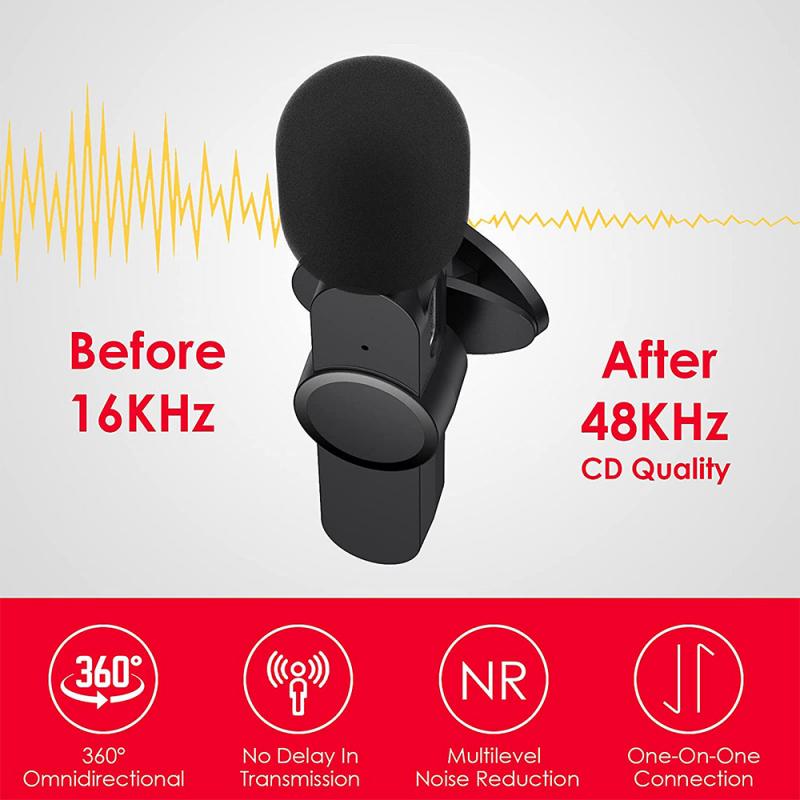
On Windows
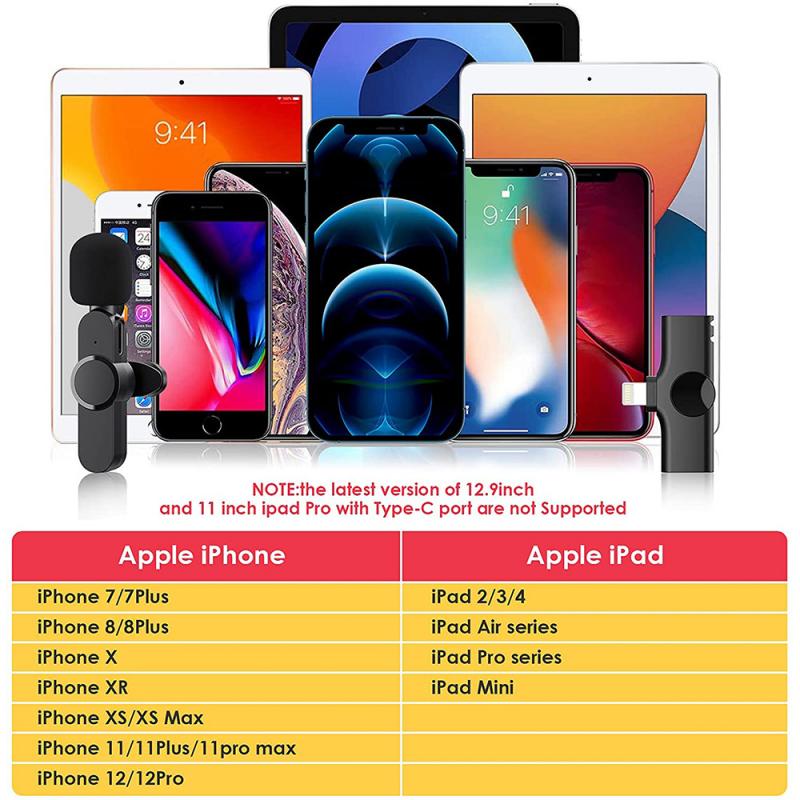
Using OBS Studio:
1. Download and Install OBS Studio:
- Visit the OBS Studio website and download the appropriate version for your operating system.
- Install the software by following the on-screen instructions.
2. Set Up Your Sources:
- Open OBS Studio and click on the "+" button under the "Sources" box.
- Select "Display Capture" to record your screen.
- Add an "Audio Input Capture" source to record from your microphone.
- Add an "Audio Output Capture" source to record system audio.
3. Configure Settings:
- Go to "Settings" and navigate to the "Output" tab.
- Choose your preferred recording format and quality.
- Adjust audio settings under the "Audio" tab to ensure both system and microphone audio are captured.
4. Start Recording:
- Click "Start Recording" to begin capturing your screen and audio.
- Click "Stop Recording" when you are finished.
Using Xbox Game Bar:
1. Open Xbox Game Bar:
- Press "Win + G" to open the Xbox Game Bar.
2. Start Recording:
- Click on the "Capture" widget.
- Click the "Record" button to start recording your screen and audio.
- Click the "Stop" button to end the recording.
On macOS
Using QuickTime Player:
1. Open QuickTime Player:
- Launch QuickTime Player from your Applications folder.
2. Start a New Screen Recording:
- Go to "File" > "New Screen Recording."
- Click the drop-down arrow next to the record button to select your microphone if you want to include voiceover.
3. Start Recording:
- Click the red record button to start recording your screen.
- Click anywhere on the screen to capture the entire screen or drag to select a specific area.
- Click the stop button in the menu bar to end the recording.
Using ScreenFlow:
1. Download and Install ScreenFlow:
- Visit the ScreenFlow website and download the software.
- Install it by following the on-screen instructions.
2. Set Up Your Recording:
- Open ScreenFlow and click "New Recording."
- Select the screen you want to record and choose your audio sources (system audio and microphone).
3. Start Recording:
- Click the red record button to begin capturing your screen and audio.
- Click the stop button in the menu bar to end the recording.
Tips for High-Quality Screen Recordings
1. Plan Your Content:
- Outline what you want to cover in your recording to ensure a smooth and coherent presentation.
2. Check Your Audio Levels:
- Test your microphone and system audio levels before starting to avoid any audio issues.
3. Use a Quiet Environment:
- Record in a quiet space to minimize background noise and distractions.
4. Optimize Your Screen Resolution:
- Set your screen resolution to match the desired output quality of your recording.
5. Edit Your Recording:
- Use video editing software to trim, enhance, and add annotations to your recording for a polished final product.
Screen recording with sound is a valuable skill that can enhance your ability to create engaging and informative content. By choosing the right tools and following the steps outlined in this article, you can effectively capture both video and audio on various devices and platforms. Whether you are a professional, educator, or content creator, mastering screen recording with sound will enable you to produce high-quality recordings that meet your needs and captivate your audience.






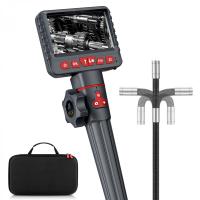




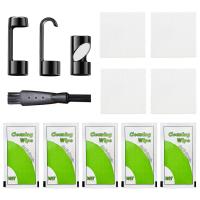


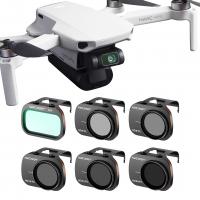



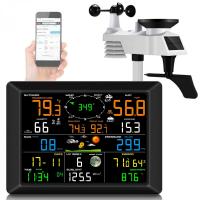
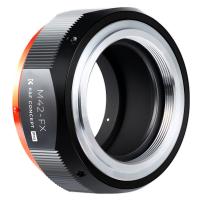


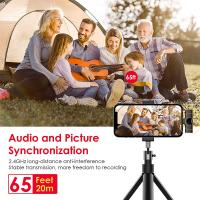






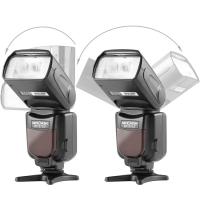

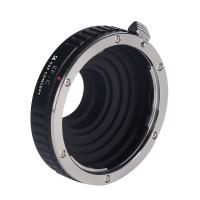
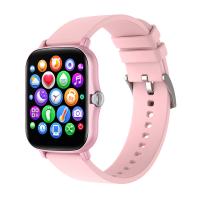


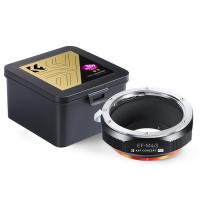

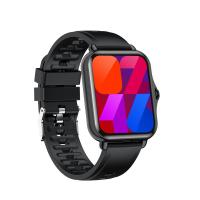
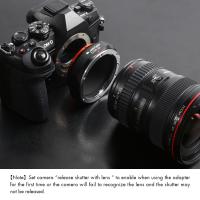
There are no comments for this blog.